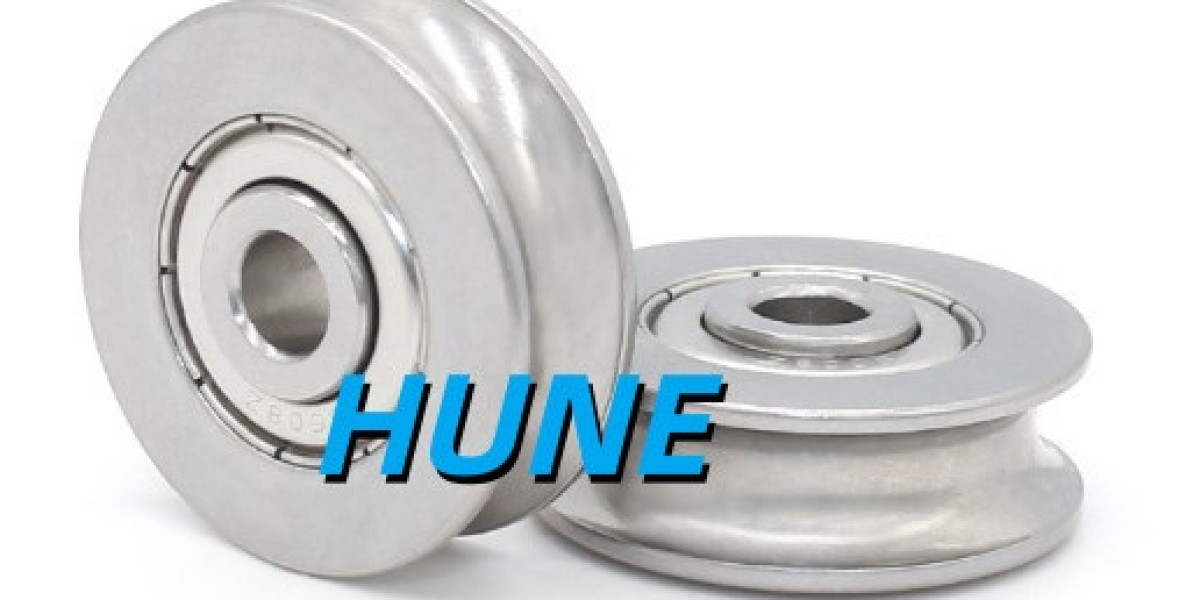Dry and Wet Precipitator Systems - Dry and wet precipitator systems offer tailored particulate control — dry systems for many boilers and wet systems where acid gases or sticky particulates are present.
Electrostatic Precipitators are broadly classified into Dry ESPs (DESPs) and Wet ESPs (WESPs), with the distinction lying primarily in the method of collecting surface cleaning and the specific application environment. Dry ESPs are the standard workhorse of the industry, employed in high-temperature processes like power boilers and cement kilns where the flue gas remains above its dew point. In a DESP, the collected particulate matter is a dry powder, removed from the collection plates by periodic mechanical rapping, causing the dust cake to fall into hoppers for disposal. DESPs are favored for their simple byproduct handling and the absence of a wastewater stream.
In contrast, Wet ESPs utilize a continuous or intermittent film of water (or another liquid) to wash the collecting surfaces. This design is specifically engineered for applications involving wet, sticky, or corrosive particulates, such as acid mists, oil or tar aerosols, and dusts with extremely high electrical resistivity. The liquid film prevents collected material from becoming re-entrained in the gas stream, which is a common problem in DESPs handling difficult dusts. WESPs can operate below the dew point and are highly effective for fine particle and aerosol collection, often achieving superior performance for sub-micron material.
The choice between a Dry and Wet system is fundamentally driven by the process chemistry. DESPs are cost-effective where the particulate matter is dry, non-corrosive, and has favorable electrical properties. WESPs, while often involving higher complexity and material costs due to the need for corrosion-resistant construction and wastewater management, are the indispensable solution for complex gas streams that would otherwise rapidly foul or fail a dry system. The two technologies serve distinct but equally critical roles in the overall air pollution control landscape.
FAQs on Dry and Wet Precipitator Systems
Why do Wet ESP systems often require more specialized construction materials than Dry ESPs?
WESPs operate in a saturated, cool, and often highly corrosive environment due to the presence of acid mists and condensed aerosols, necessitating the use of specialized alloys or corrosion-resistant materials to ensure longevity.
In which industrial applications does the unique capability of a Wet ESP to handle sticky aerosols become a necessity?
WESPs are critical in processes like sulfuric acid plants, coking ovens, and certain biomass gasification systems where the emissions contain wet, sticky, or tar-laden particles that cannot be effectively removed by mechanical rapping.
What is the main environmental trade-off involved in choosing a Wet ESP over a Dry ESP?
The primary trade-off is the generation of a liquid wastewater effluent in a WESP, which requires subsequent treatment and disposal, contrasting with the dry, solid waste output of a DESP.
More Relate Reports:
Dry Electrostatic Precipitator Market
Industrial Lithium Ion Battery Market
Industrial Medium Voltage Switchgear Market








